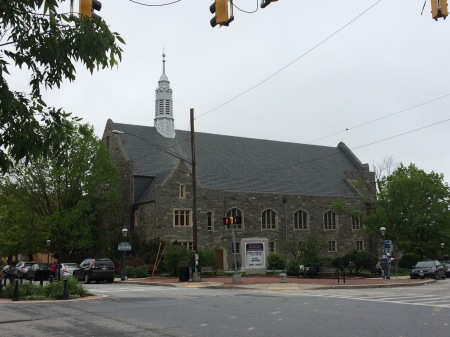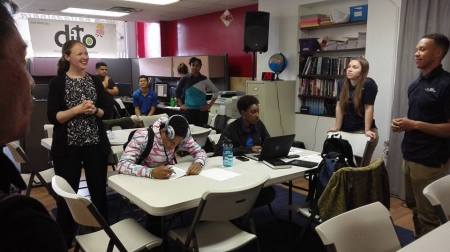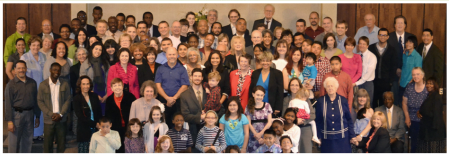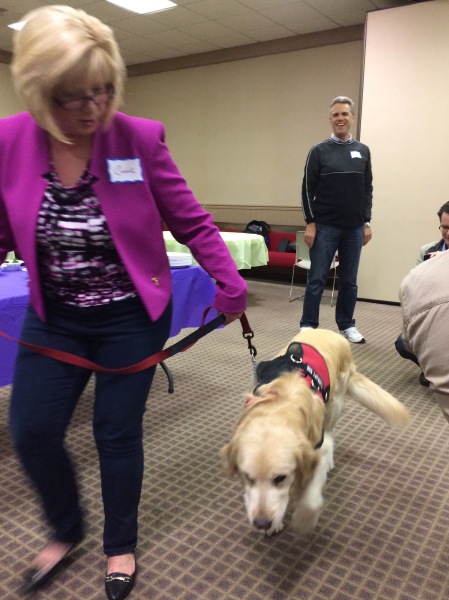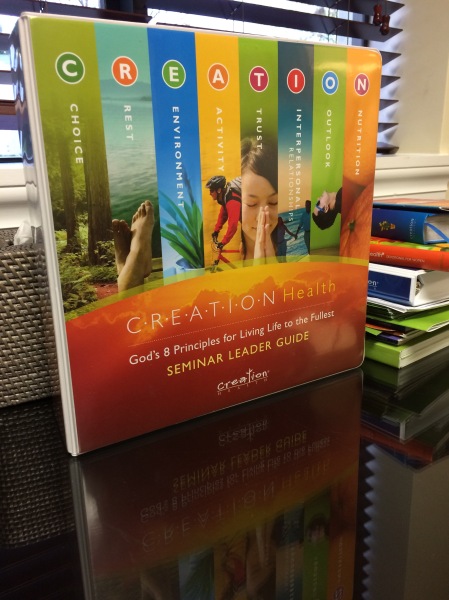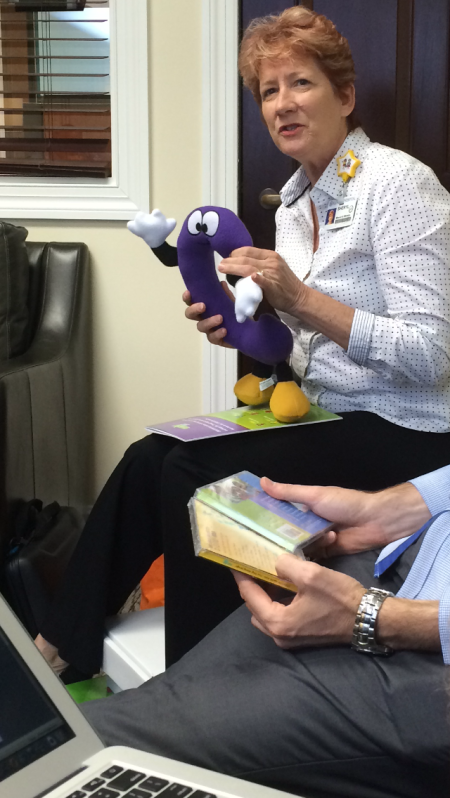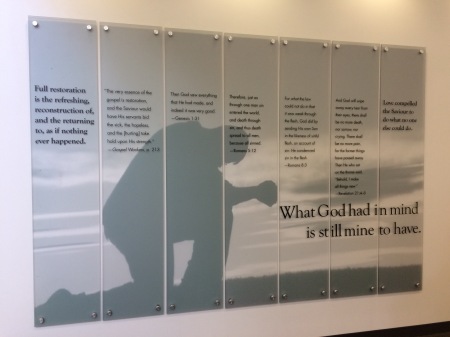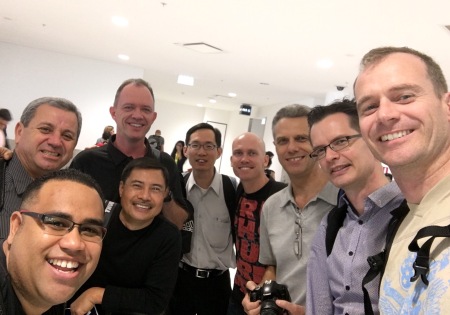GCHQ
It was time to head to the General Conference (Adventist Church HQ) and our timing was fortunate as it was the National day of prayer and the GC hosted a prayer breakfast. Wintley Phipps sang with brilliant gospel vibrato then unleashed some passionate words including a smackdown on the current political tomfoolery. Here’s a few of his words:
- Prayer is our lifeline to God
- The Devil’s ultimate target is not you or me- it’s the character of God
- The rejection of the character of God is at the root and source of the great controversy
- Satan’s greatest weapon has always been slander of character
- Christianity without Christ is dangerous to the world (pointed reference at Donald Trump etc. here)
- Unless the truth we profess to believe transforms the character and changes the heart, it has no value to us
- There’s no wrong in our world that Christlikeness can’t fix
Another person thanked Wintley then quoted Ghandi: “If you call me a Christian you insult me. If you call me Christlike you honour me.”
—> After a speedy GC tour we found our way to Global Mission, met some of the team and scored a copy of the latest Review magazine which focuses on urban mission
With only a few minutes up our sleeve we raced a few blocks down the road to the local shopping centre (mall) to check out the ABC (Adventist Book Centre). This one is really visible and has a new name – Living Well – and I must say it was pretty impressive. It was a large store that had a great selection of food, including freshly prepared sandwiches and wraps.
Living Hope
Into Virginia we drove until we arrived at Dominion valley where Mark and Teenee Finley moved 6 yrs ago. They settled in a community of 10,000 people (within 16km there’s 150000 people), and they weren’t aware of any Adventists in the area. This is an affluent, mostly Anglo community (including 2 very nice golf courses) that was intended to be the new location for Disney.
God provided a plot of land in the centre of town with parking and a 4.5 million dollar church/community centre was built – with no money in the bank (yep God provided that too!). Mark says the hardest money to raise is money for a small vision. They had a vision for a training centre for young adult pastors around the world, and a community health centre for the local community. So the building is divided into sections for a school of evangelism, a retreat centre, a worship sanctuary, a media centre (all services are streamed) and a health/cooking centre.
The team have been in this facility 3 weeks and I was excited to see it as I’d heard about it when I met the Finley’s in Melbourne in 2007. Here’s a few other words of wisdom from Mark:
- The most unused space in a church are the walls
- Accept anyone and use no standards for fellowship, biblical standards for membership, and higher standards for leadership
- Every church should be a school for training in outreach
- The common indicator in large churches is the passion of the preacher who believes he’s anointed and can grow God’s kingdom
- House church movements need a connection to local church- if the leader goes south the group can too
- Beans, greens, nuts and seeds will help you live longer (that advice was from Teenee)
You can find out more about Living Hope here.
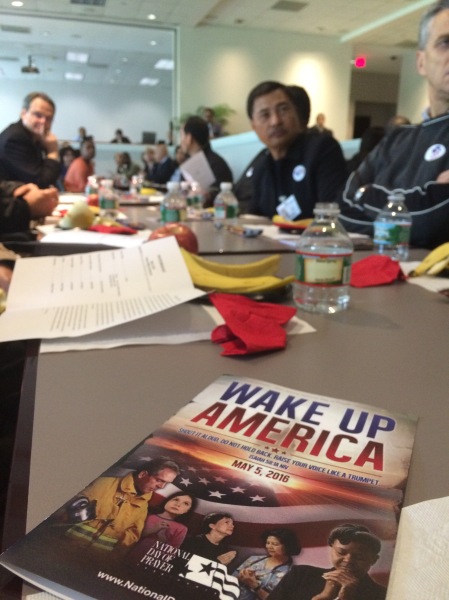








 Posted by bainesy
Posted by bainesy 

